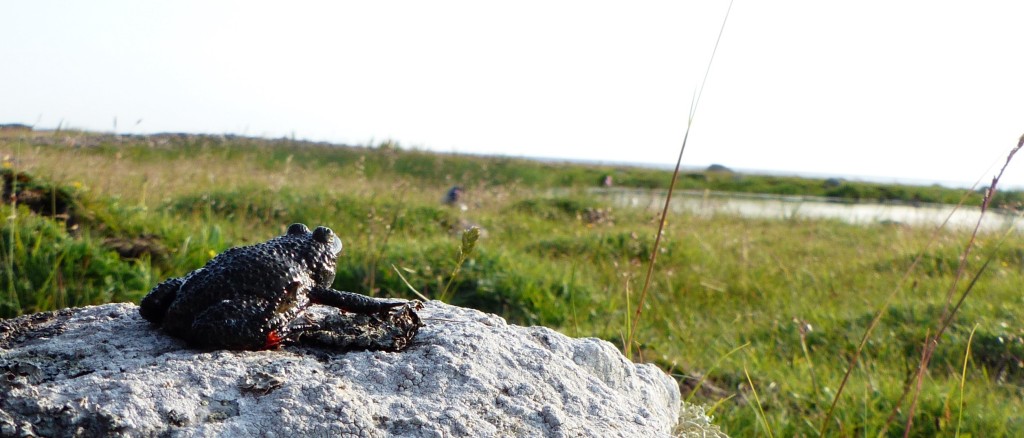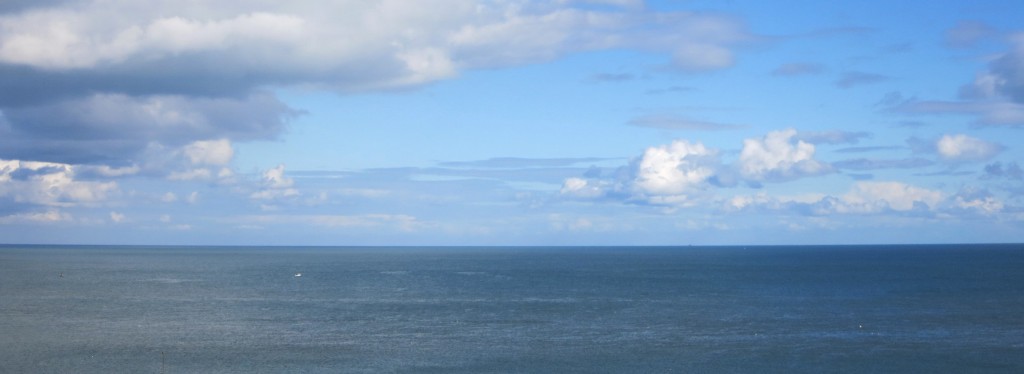Zooplankton adaptation and metacommunity dynamics
How does the adaptation of zooplankton species relate to the spatial and temporal dynamics of metacommunities? During my Ph.D., I had the opportunity to investigate this multifaceted question using a kettle hole metacommunity as a model system. Using a range of molecular genetic techniques (e.g., two-fragment DNA metabarcoding, selection of candidate genes based on transcriptome data, mtDNA genome reconstruction) and ecological approaches (e.g., cultivation of rotifer species), I was able to shed light on this research question.
Utilizing DNA metabarcoding as a tool to determine zooplankton communities over a two-year period, we could show that zooplankton communities are mainly structured by environmental filtering based on hydroperiod, pH, kettle hole size and surrounding crops, while other processes such as dispersal limitation seem to play a subordinate role in this system. If you want to learn more about the assembly of zooplankton communities, you can find the corresponding study here.
Environmental filtering as a dominant process in the system emphasizes the importance of local adaptation. Therefore, in a subsequent study, we investigated the different genetic backgrounds of two species of the cryptic Brachionus calyciflorus species complex present in the kette hole system with known temperature tolerance differences (Paraskevopoulou et al. 2018, 2020). By using a pipeline to select candidate genes based on transcriptome data, we identified a heat shock protein (HSP40kDa). The analysis did not only revealed a pronounced sequence variation between the species and evidence for positive selection, the combination of the HSP40kDa gene with two different genetic markers (COI and ITS) also uncovered a hybridization event between the species. This, in combination with the known temperature tolerance, suggests that these different adaptations may act as niche partitioning process, allowing the two species to co-occur in the metacommunity while maintaining species boundaries. Those interested in the details, or the applied bioinformatics pipeline can find the study here.
This study was preceded by an additional publication, presenting the complete new genome data (mitochondrial genomes/coding sequences) of the two investigated species Brachionus calyciflorus s.s. and Brachionus fernandoi. The study can be found here.





Zooplankton dispersal and mobile links
How do passive dispersed organisms, such as zooplankton and plants, move in a metacommunity system? In collaboration with other Ph.D. students from my graduate school, I had the chance to investigate this question from different perspectives. In a mesocosm study led by Victor Parry, we were able to separate the two mechanisms of dispersal, i.e., from the egg bank and from space, by using active or sterile pond sediments and net-covered or open mesocosms. By using this setup, we were able to show that the relative contribution of resting stages to dispersal and colonization success was substantial in both investigated groups i.e., rotifers and cladocerans. However, we could also show that dispersal by wind and air was relatively weak in cladocerans compared to rotifers, while biotic vectors contributed to dispersal success mainly in cladocerans. Thus, this study demonstrates that dispersal and colonization success depend on dispersal vectors and dispersal mode. If you are interested in detail, you can find the study here.
A separate study conducted by Jonas Stiegler investigated the role of seed traits for the successful internal (i.e., endozoochorial) transport of a ubiquitous mobile linker (European brown hare; Lepus europaeus), in the metacommunity system using a feeding and subsequent germination experiment. We found that seeds with high density and comparatively small surface area as well as relatively slender and elongated shape have the greatest chance of being transported and released in a viable state. Furthermore, we revealed that the gut retention time of the European brown hare seems to be sufficient to connect different habitats in the metacommunity system. For further details, see here.


Local adaptation/introgression in amphibians
What happens when you translocate individuals of one species with different adaptive backgrounds into a new environment with existing pre-adapted local populations? I was able to address this question in my master’s thesis, in which I investigated together with Binia de Cahsan the effects of adaptive introgression/introgressive hybridization in the protected amphibian species Bombina bombina in northern Germany. By combining ecological data (i.e., body conditions as a proxy for fitness) and genetic data of two candidate genes (i.e., MHC II gene, HSP70kDA gene) from introgressed and non-introgressed populations, we were able to shed light on the potential benefits of translocating distantly related conspecifics to increase their adaptive genetic variability and fitness. For those who are interested, you can find the study here.

Population genetics in Cetaceans
How does the population structure of highly mobile marine mammals look like and how can this structure be maintained without geographical barriers? During my bachelor thesis, I had the opportunity to investigate this question based on the North Atlantic common minke whale (Balaenoptera acutorostrata). Through the examination of the mitochondrial control region and and microsatellite loci, we were able to show that despite the absence of geographical barriers, there is subtle structuring between West and East Greenlandic samples, which corresponds to the by the IWC proposed management areas. If you are interested in the study, you can find it here.
